
Blog
30 Christmas Symbols: History and Origin
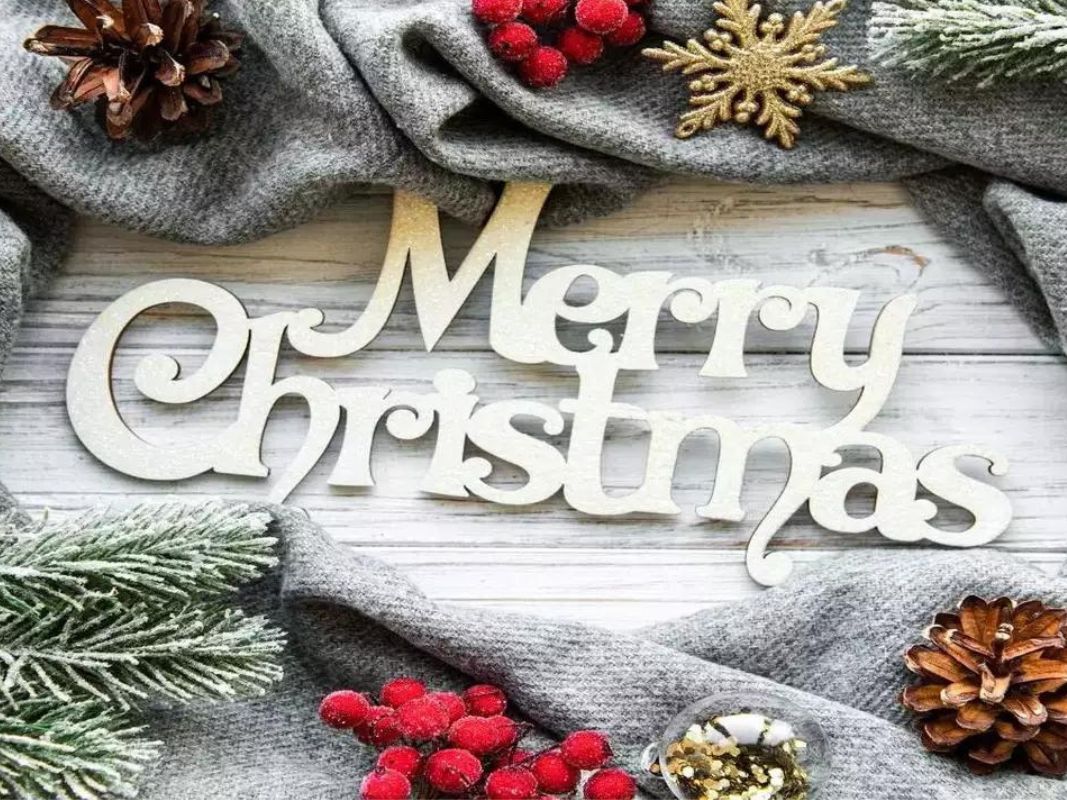
Christmas is a holiday rich in traditions and symbols, each carrying its own unique history and significance. Christmas symbols are woven into the fabric of Christmas celebrations worldwide, adding depth and meaning to the festive season. In this article, we’ll explore the most iconic Christmas symbols, why they became symbols, how to recognize them, why they are special for Christmas, and their significance. This comprehensive guide will provide you with an in-depth understanding of the imagery that makes Christmas so magical.
1. Christmas Tree

History and Origin:
The Christmas tree tradition dates back to the 16th century in Germany, where devout Christians brought decorated trees into their homes. Some built Christmas pyramids of wood and decorated them with evergreens and candles if wood was scarce. The practice was popularized in the 19th century by Queen Victoria and Prince Albert in England, spreading to America and beyond.
A Christmas tree is typically an evergreen tree, such as a fir, pine, or spruce, decorated with lights, ornaments, tinsel, and sometimes a star or angel on top.
Special Significance:
The evergreen tree symbolizes eternal life, resilience, and the hope of spring amidst winter. Decorating the tree brings families together, fostering a sense of community and celebration.
2. Christmas Lights
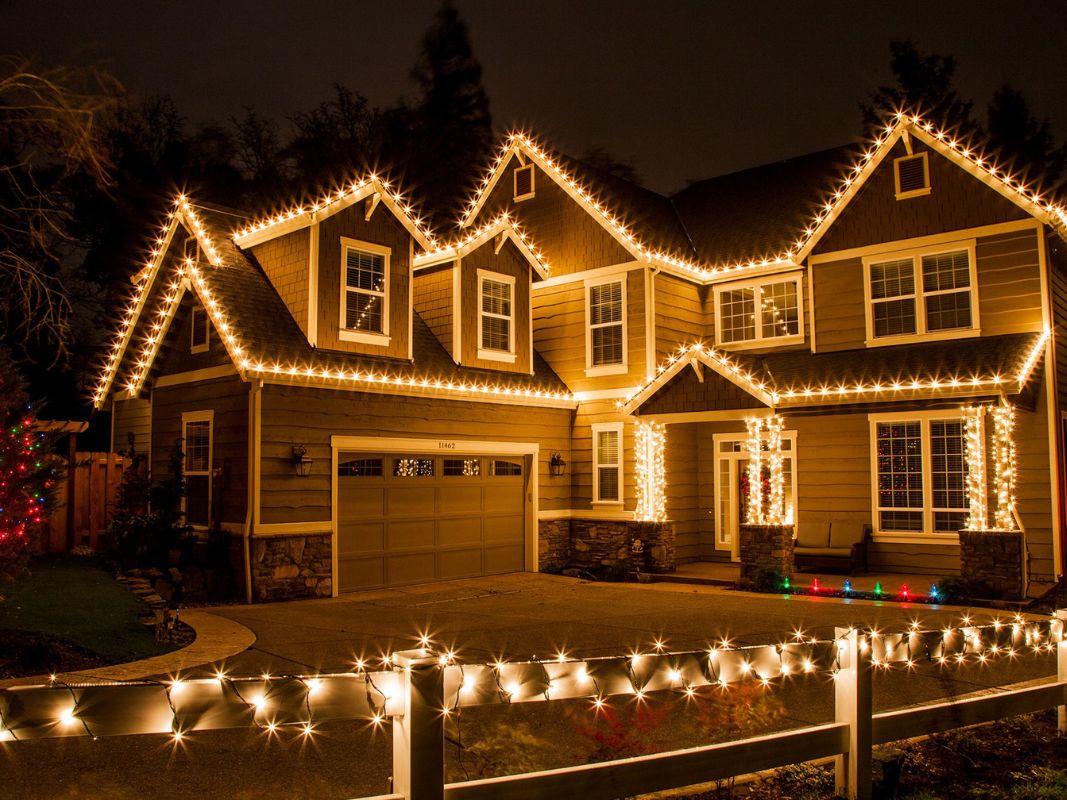
History and Origin:
Christmas lights originated from the tradition of lighting candles on the Christmas tree, which dates back to the 17th century in Germany. Thomas Edison’s assistant, Edward Hibberd Johnson, created the first string of electric Christmas lights in 1882.
Christmas lights are strings of small bulbs, often colored or white, used to decorate Christmas trees, homes, and public spaces.
Special Significance:
Christmas lights symbolize the light of Christ and the hope and joy that come with His birth. They illuminate the dark winter nights, creating a festive and warm atmosphere.
3. Santa Claus
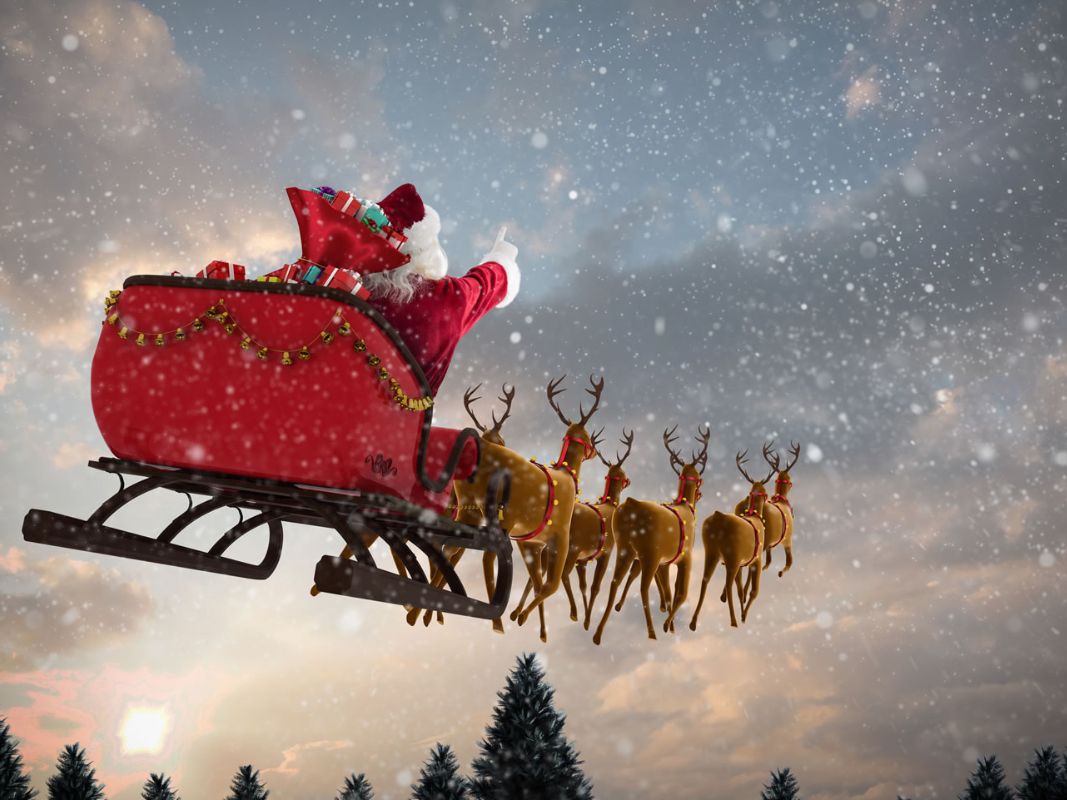
History and Origin:
Santa Claus, or Saint Nicholas, has origins in the 4th-century Greek bishop known for his generosity. The modern image of Santa Claus was shaped in the 19th century, especially by Clement Clarke Moore’s poem “A Visit from St. Nicholas” and Coca-Cola’s 1930s advertisements.
Santa Claus is depicted as a jolly, rotund man with a white beard, red suit trimmed with white fur, a red hat, and black boots. He is often seen with a sack of gifts.
Special Significance:
Santa Claus represents the spirit of giving, generosity, and joy. He embodies the excitement and magic of Christmas for children and adults alike.
4. Christmas Wreath
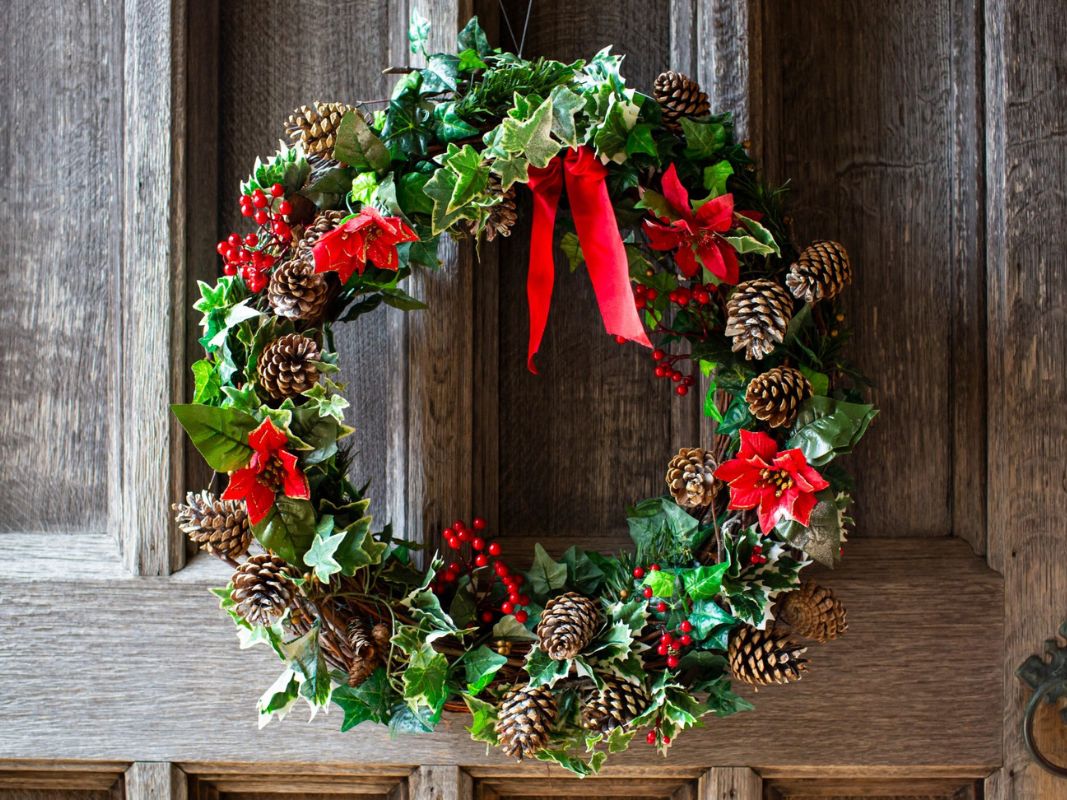
History and Origin:
The Christmas wreath’s circular shape, made from evergreens, symbolizes eternal life. Its origins can be traced back to ancient Rome and the tradition of placing laurel wreaths on doors as a sign of victory and celebration.
A Christmas wreath is a ring-shaped decoration made from evergreens, holly, pinecones, and ribbons, often hung on doors.
Special Significance:
The wreath symbolizes eternity, the circle of life, and the unending love of God. It welcomes guests into the home and signifies the festive season.
5. Mistletoe
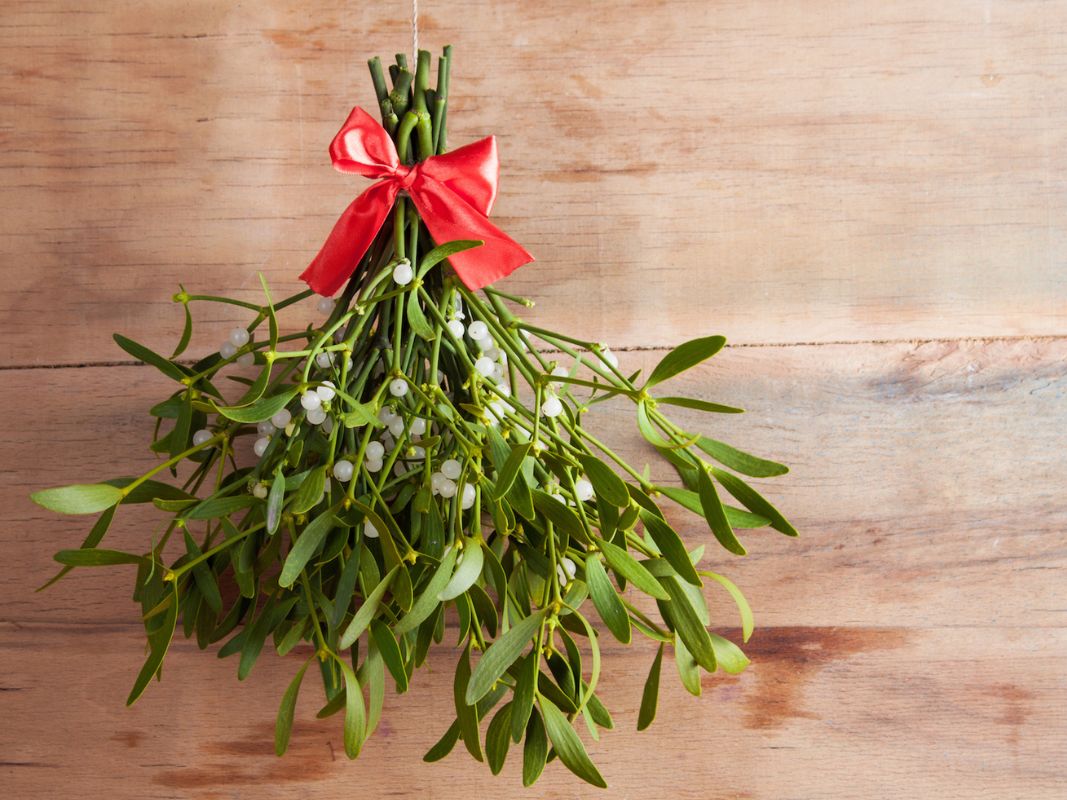
History and Origin:
Mistletoe has been associated with fertility and life since ancient times. The custom of kissing under the mistletoe dates back to Norse mythology and was later incorporated into Christmas celebrations in 18th-century England.
Mistletoe is a green plant with white berries, often hung in doorways.
Special Significance:
Kissing under the mistletoe is a tradition that represents love, peace, and goodwill. It is said to bring good luck and happiness to those who share a kiss beneath it.
6. Christmas Stockings
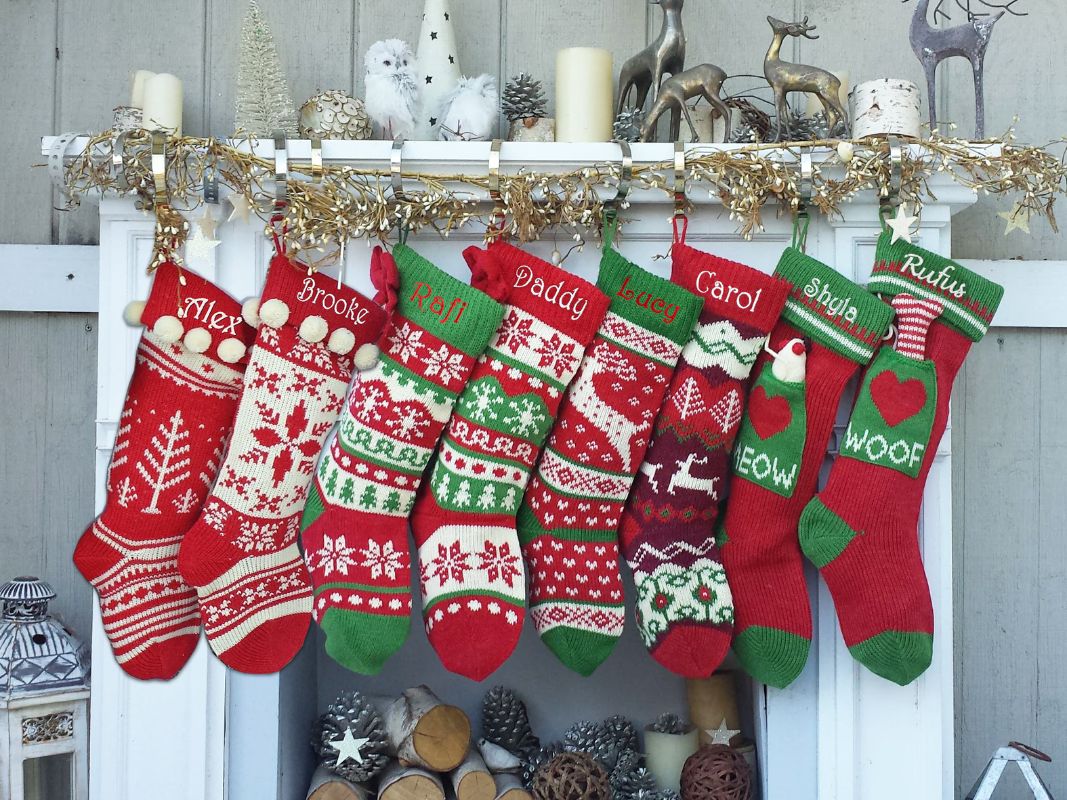
History and Origin:
The tradition of hanging Christmas stockings dates back to the story of Saint Nicholas, who, according to legend, secretly left gifts in the stockings of three poor sisters. This practice became popular in the 19th century.
Christmas stockings are large, sock-shaped bags hung by the fireplace or at the foot of the bed, often decorated with festive designs.
Special Significance:
Stockings are used to hold small gifts, known as stocking stuffers. They symbolize the generosity and kindness of Saint Nicholas and add to the excitement of Christmas morning.
7. Candy Canes
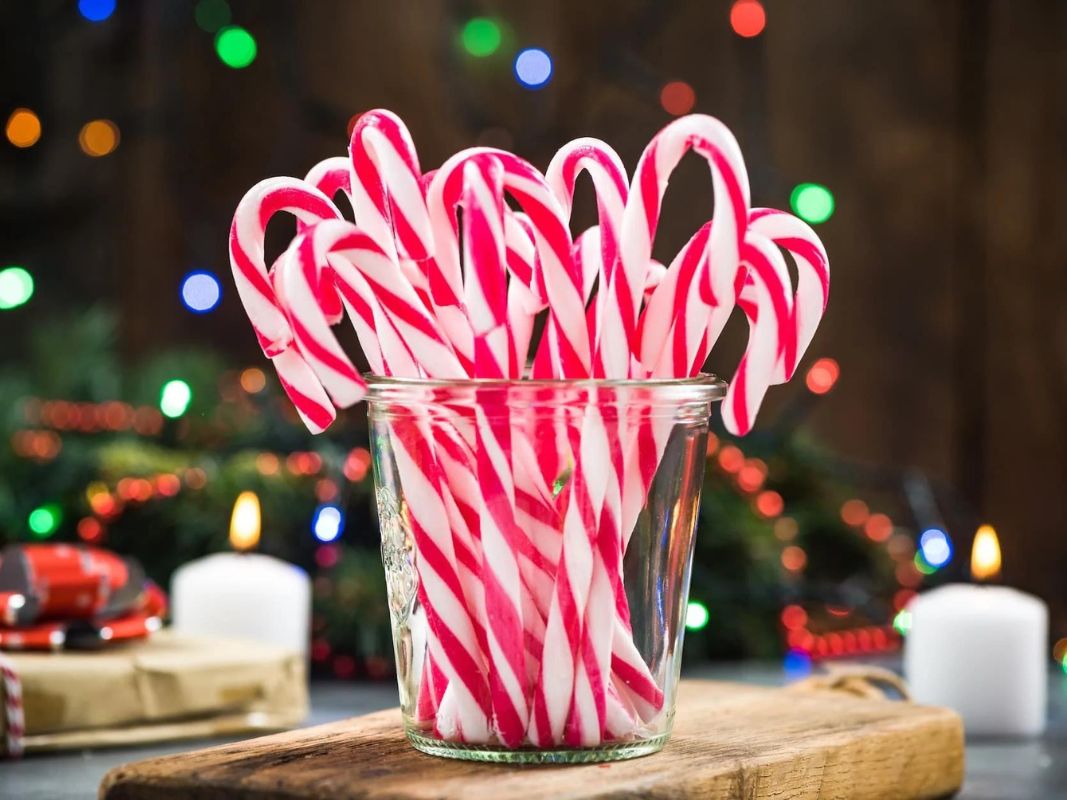
History and Origin:
Candy canes originated in the late 17th century in Germany, where they were used as decorations for Christmas trees. The candy’s shape is said to represent a shepherd’s crook, and its colors symbolize purity and sacrifice.
Candy canes are cane-shaped candies, typically white with red stripes and flavored with peppermint.
Special Significance:
Candy canes are a sweet treat that represents the shepherds who visited Jesus after His birth. They also serve as festive decorations and are often used to trim Christmas trees.
8. Nativity Scene
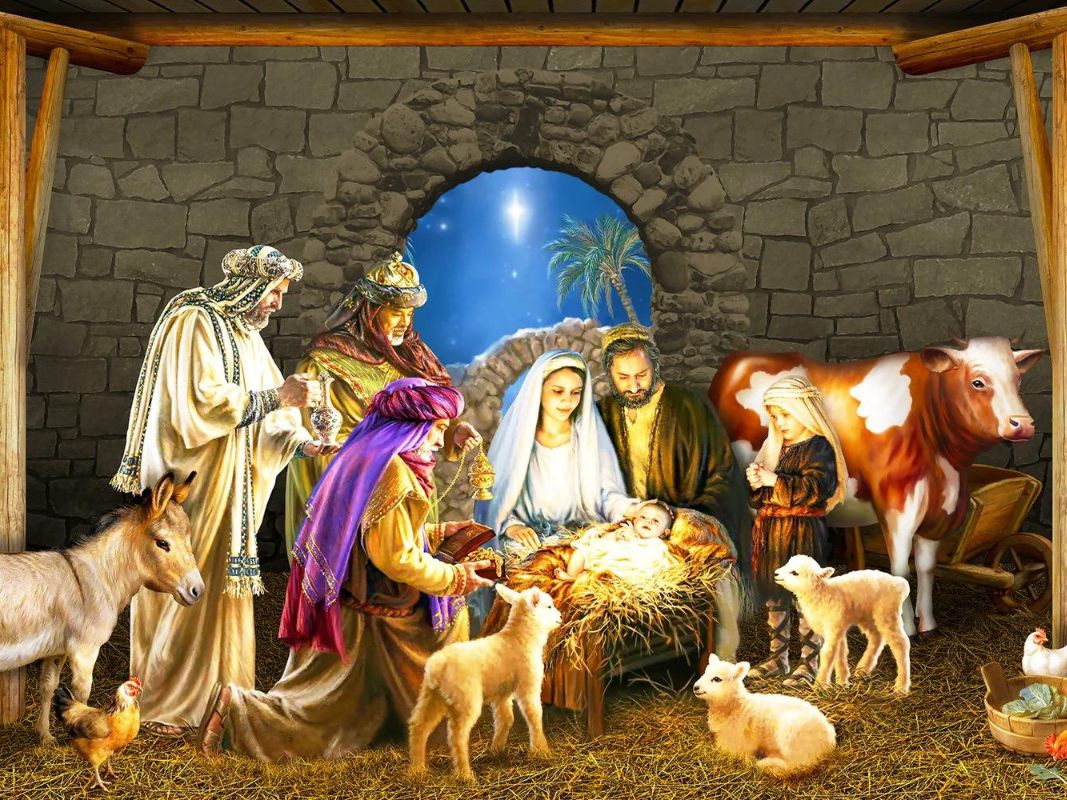
History and Origin:
The nativity scene, or crèche, depicts the birth of Jesus Christ. Saint Francis of Assisi is credited with creating the first live nativity scene in the 13th century to teach the story of Jesus’ birth.
A nativity scene typically includes figures of Mary, Joseph, baby Jesus in a manger, shepherds, angels, and the Three Wise Men, often set in a stable.
Special Significance:
The nativity scene represents the true meaning of Christmas, focusing on the birth of Jesus Christ. It serves as a reminder of the humble beginnings of the Savior and the joy of His arrival.
9. Christmas Cards

History and Origin:
The tradition of sending Christmas cards began in 1843 when Sir Henry Cole commissioned the first commercial Christmas card in England. It featured a festive illustration and the message “A Merry Christmas and a Happy New Year to You.”
Christmas cards are decorative cards sent to friends and family, featuring holiday greetings, festive images, and often personal messages.
Special Significance:
Christmas cards are a way to express love, friendship, and well-wishes during the holiday season. They strengthen connections and spread joy and warmth.
10. Christmas Pudding

History and Origin:
Christmas pudding, also known as plum pudding, has its origins in medieval England. It evolved from a type of porridge and became a staple of Christmas celebrations by the 19th century.
Christmas pudding is a rich, dense dessert made with dried fruits, spices, and suet, often steamed and served with brandy sauce.
Special Significance:
Christmas pudding is a traditional holiday dessert that symbolizes festivity and indulgence. The ritual of making and eating it brings families together, and it is often associated with good luck.
11. Yule Log

History and Origin:
The Yule log tradition dates back to pre-Christian winter solstice celebrations in Scandinavia and northern Europe. The log was burned in the hearth to bring warmth and ward off evil spirits.
A Yule log is a large, decorative log that is either burned in the fireplace or represented as a cake (bûche de Noël) made of sponge cake and frosting.
Special Significance:
The Yule log symbolizes warmth, light, and the promise of spring. The tradition of the Yule log brings a sense of history and continuity to Christmas celebrations.
12. Christmas Bells
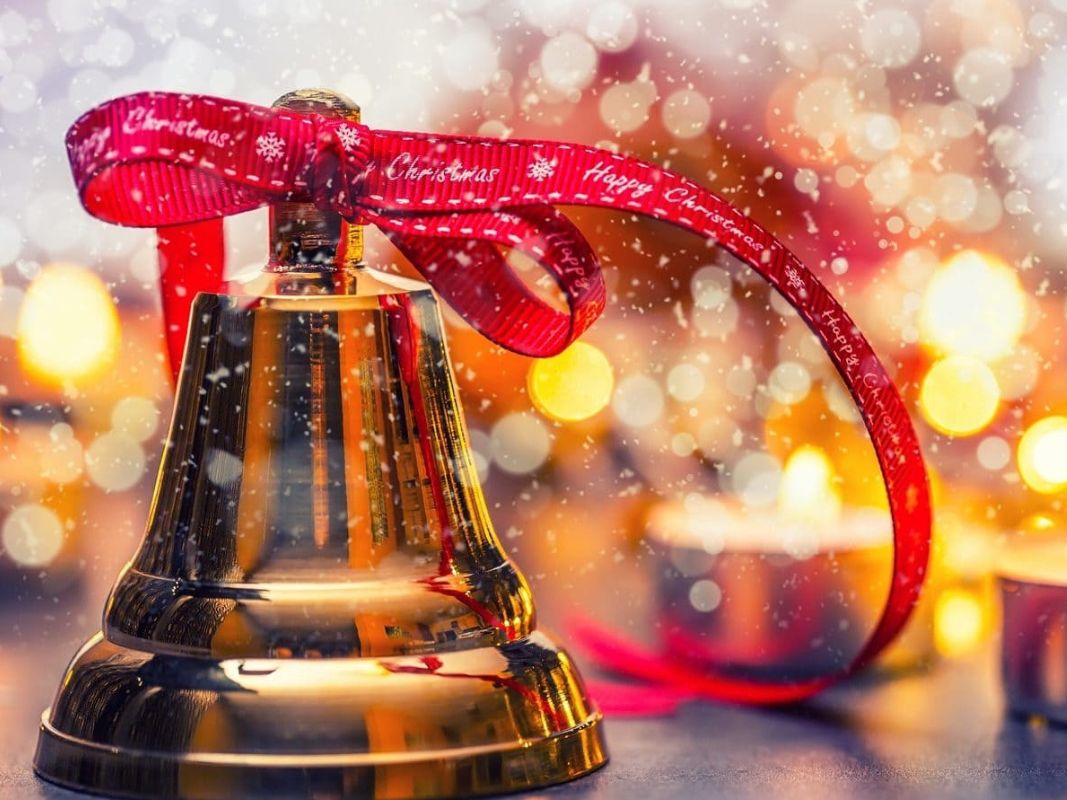
History and Origin:
Bells have been used in Christian churches for centuries to signify the start of a service. The association with Christmas comes from their use to announce the arrival of the holiday and celebrate the birth of Jesus.
Christmas bells are typically depicted as handbells or church bells, often adorned with ribbons and holly.
Special Significance:
Christmas bells symbolize joy and the announcement of good news. Their ringing is a call to celebrate and rejoice during the festive season.
13. Poinsettia
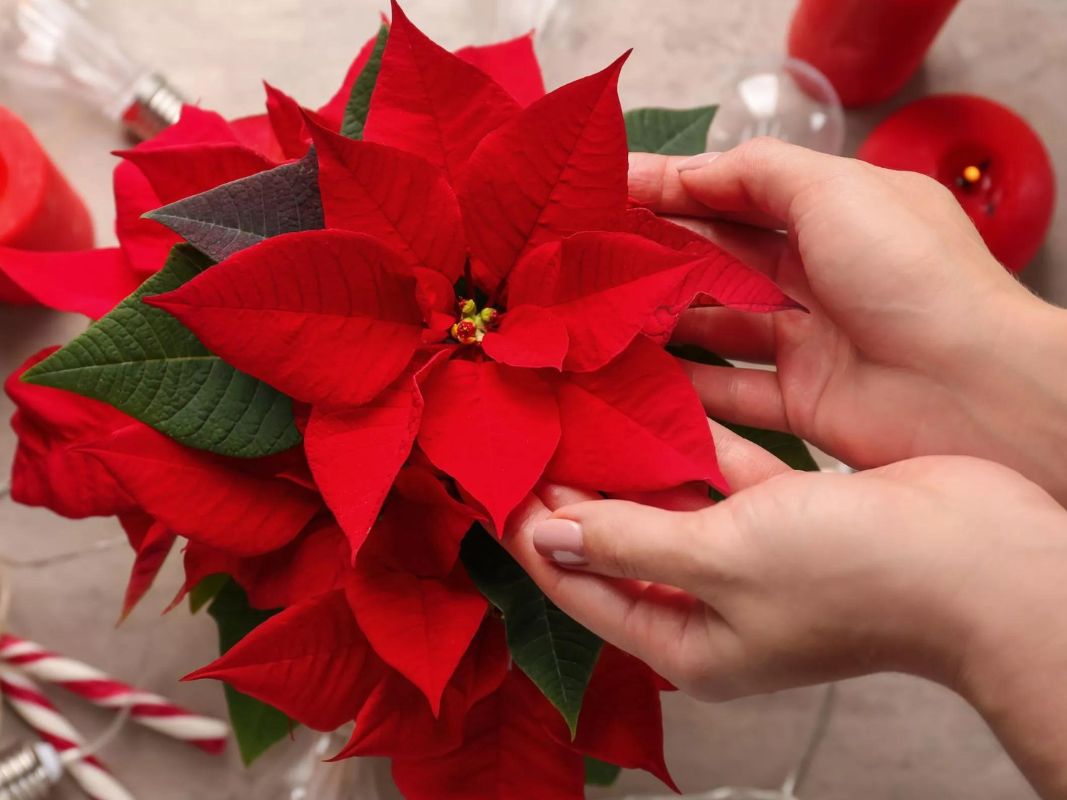
History and Origin:
The poinsettia plant, native to Mexico, became associated with Christmas in the 16th century through a Mexican legend. The plant was introduced to the United States in the 1820s by Joel Poinsett, the first U.S. ambassador to Mexico.
Poinsettias are known for their bright red and green foliage, often used in Christmas decorations.
Special Significance:
Poinsettias symbolize the Star of Bethlehem and are used to decorate homes and churches during the holiday season. Their vibrant colors bring festive cheer and beauty.
14. Holly and Ivy
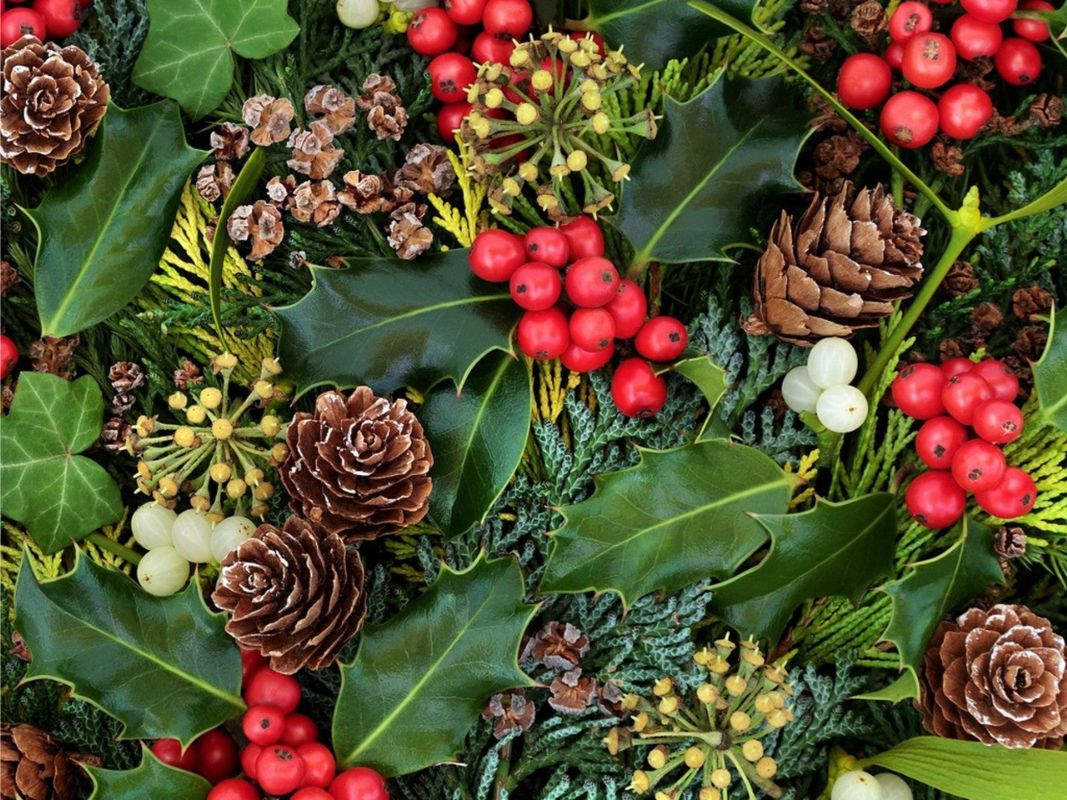
History and Origin:
Holly and ivy have been used as winter decorations since ancient times. Holly was believed to protect against evil spirits, while ivy symbolized fidelity and eternal life.
Holly is an evergreen plant with spiky leaves and red berries, while ivy has green, glossy leaves.
Special Significance:
Holly and ivy symbolize the endurance of life through winter. They are often used together in Christmas decorations to represent the harmonious balance of nature.
15. Christmas Star
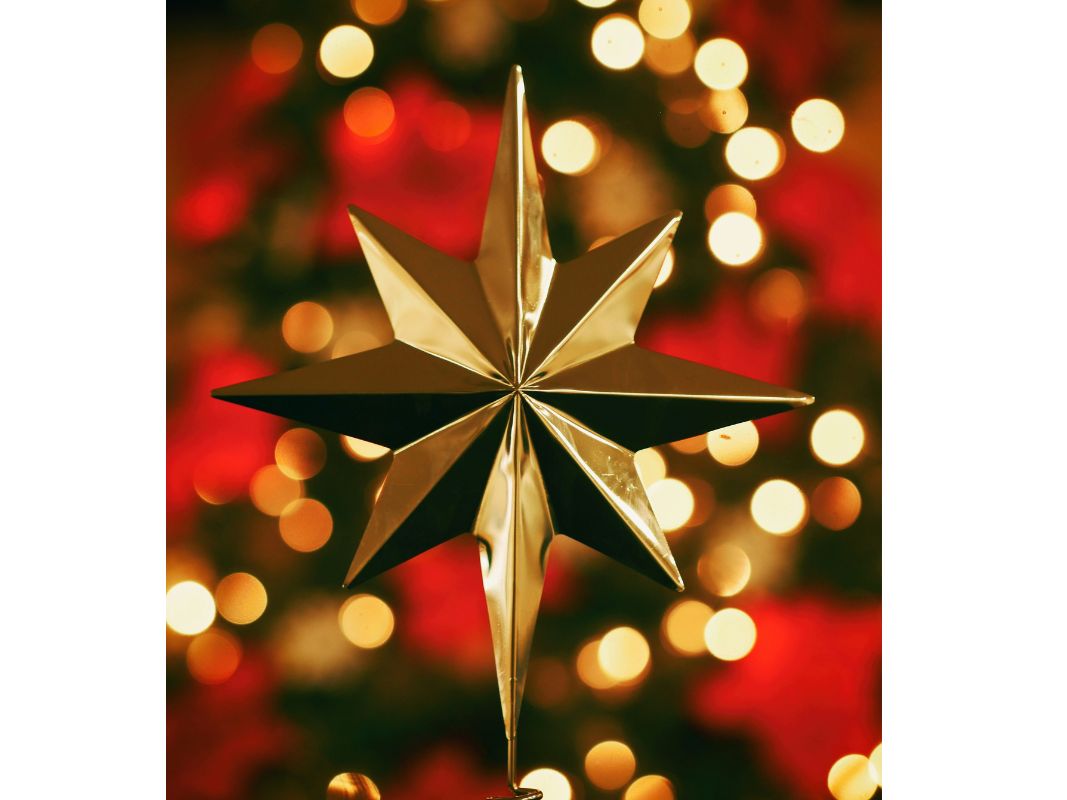
History and Origin:
The Christmas star represents the Star of Bethlehem, which, according to the Bible, guided the Wise Men to the birthplace of Jesus. It has been a symbol of Christmas since the earliest Christian traditions.
The Christmas star is often depicted as a bright, shining star, sometimes with a tail, and is commonly placed at the top of Christmas trees.
Special Significance:
The star symbolizes guidance, hope, and the fulfillment of prophecy. It reminds Christians of the miraculous birth of Jesus and the divine light that leads the way.
16. Christmas Angels

History and Origin:
Angels play a significant role in the Christmas story, announcing the birth of Jesus to the shepherds and guiding the Wise Men. They have been part of Christmas iconography for centuries.
Christmas angels are depicted as heavenly beings with wings, often holding harps or trumpets.
Special Significance:
Angels symbolize divine intervention, protection, and the joyous announcement of Christ’s birth. They are a reminder of the spiritual aspects of Christmas.
17. Gingerbread
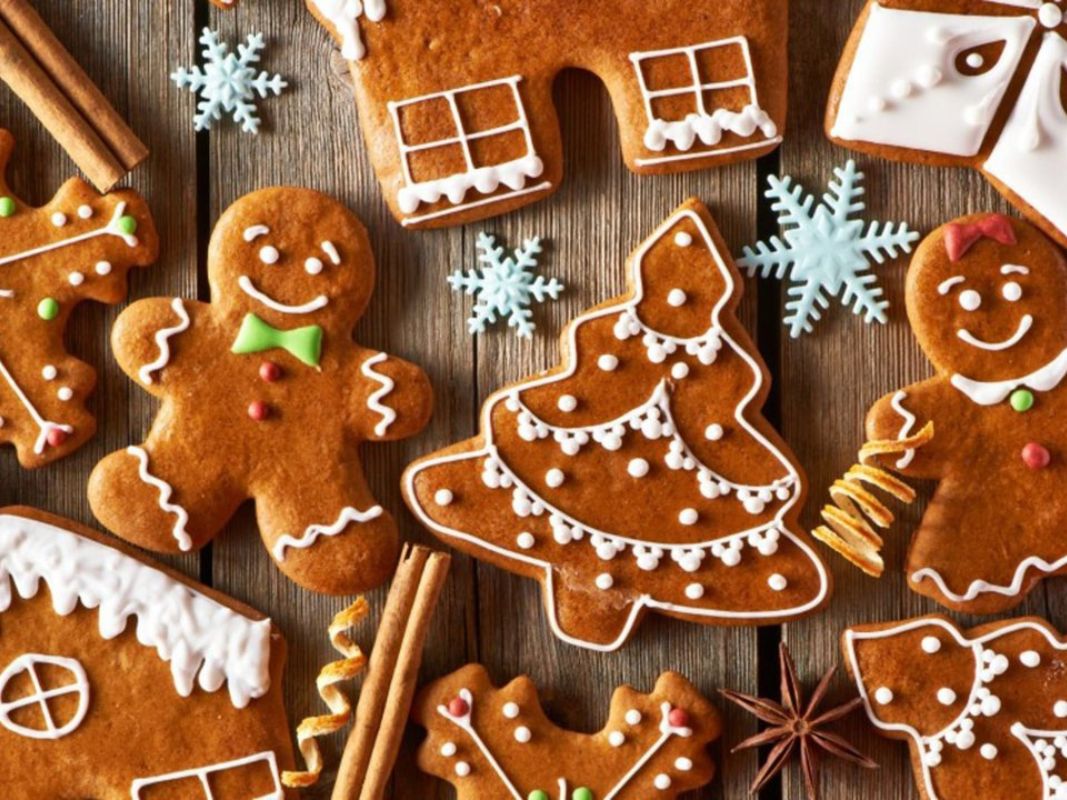
History and Origin:
Gingerbread has been associated with Christmas since the 16th century when it was first shaped into festive figures and houses. The tradition of making gingerbread houses originated in Germany.
Gingerbread is a spiced cookie or cake often shaped into men, houses, and other festive forms, decorated with icing and candies.
Special Significance:
Gingerbread symbolizes warmth and creativity. Making and decorating gingerbread houses is a beloved holiday activity that brings families together.
18. Christmas Gifts
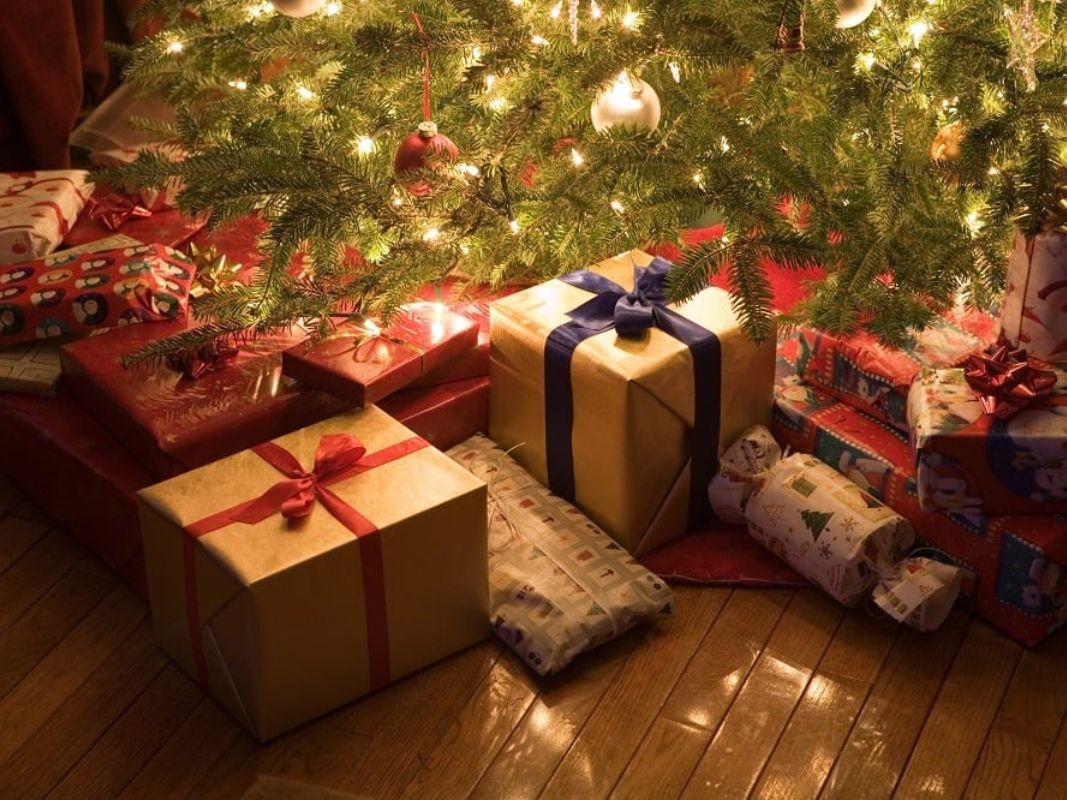
History and Origin:
The tradition of giving gifts at Christmas is inspired by the gifts of gold, frankincense, and myrrh brought to Jesus by the Wise Men. It has become an integral part of Christmas celebrations.
Christmas gifts are often wrapped in festive paper and placed under the Christmas tree.
Special Significance:
Gift-giving symbolizes generosity, love, and the spirit of giving. It is a way to express appreciation and bring joy to loved ones.
19. Christmas Carols
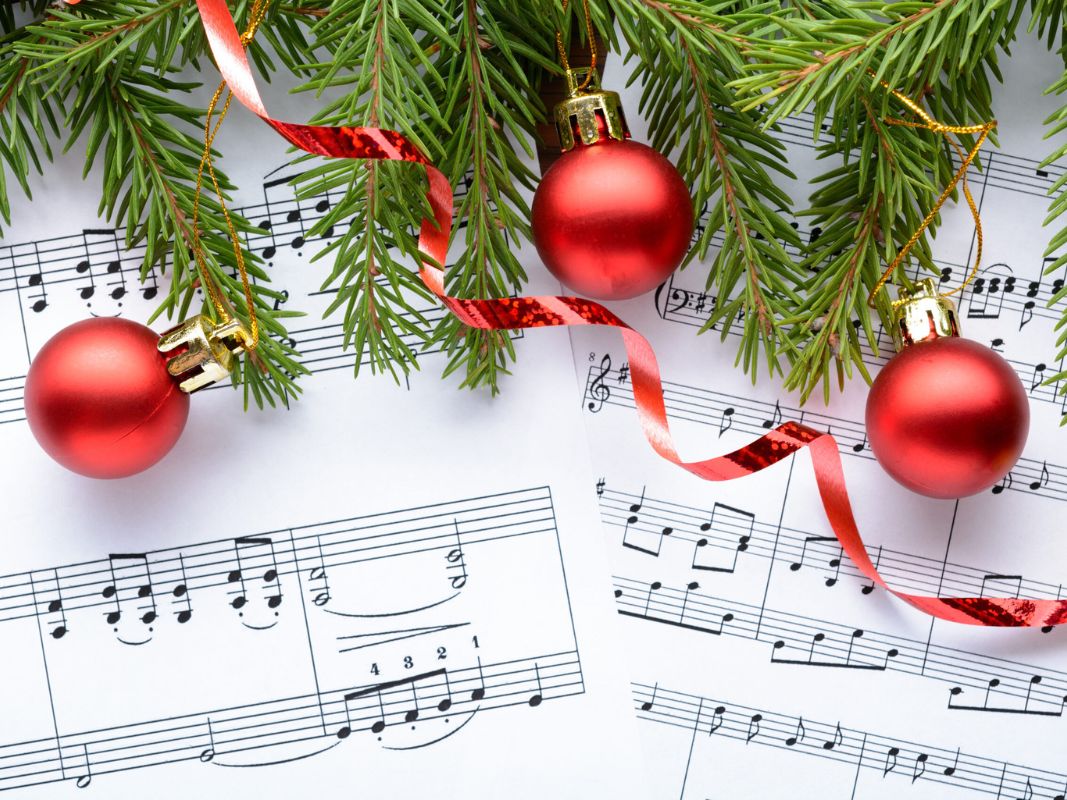
History and Origin:
Christmas carols are songs that celebrate the holiday season. The tradition dates back to medieval Europe when carols were sung to celebrate different festivals throughout the year.
Christmas carols are typically festive songs with themes of joy, peace, and the nativity, often sung in choirs or by carolers going door-to-door.
Special Significance:
Carols bring people together through music, spreading cheer and reinforcing the community’s sense of unity and celebration.
20. Advent Calendar
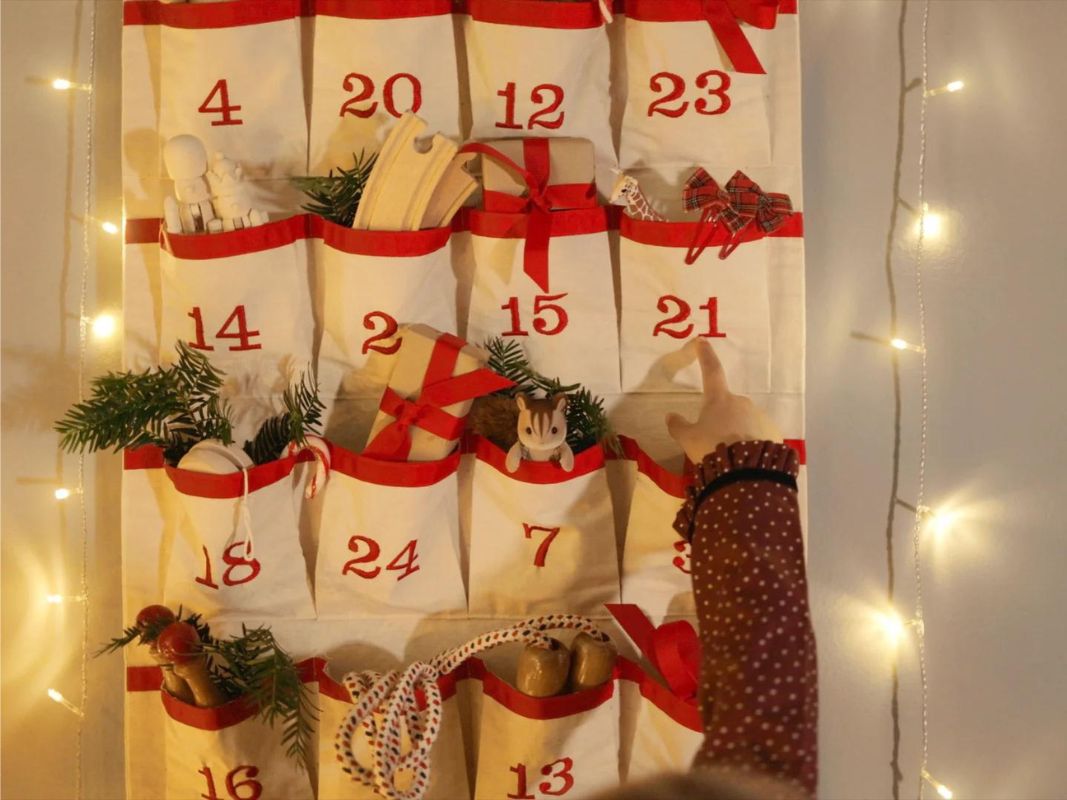
History and Origin:
The Advent calendar originated in 19th-century Germany as a way for families to mark the days leading up to Christmas. Each day’s door or window would reveal a Bible verse, picture, or treat.
Advent calendars are usually rectangular cards or boxes with 24 small doors or windows, one for each day of December leading up to Christmas.
Special Significance:
Advent calendars build anticipation and excitement for Christmas Day. They provide a daily reminder of the holiday’s approaching joy and celebration.
21. Snowflakes
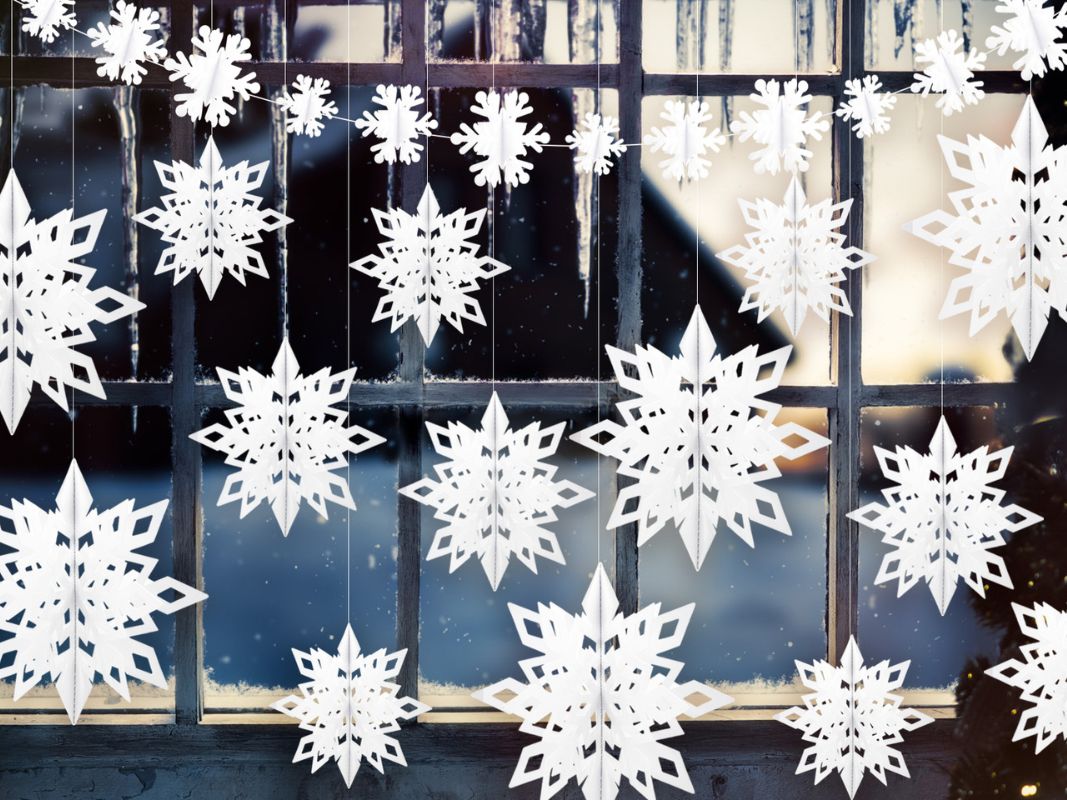
History and Origin:
Snowflakes have been associated with winter and Christmas for centuries, symbolizing the beauty and uniqueness of the season.
Snowflakes are often depicted as intricate, symmetrical patterns, and are commonly used in decorations, ornaments, and window clings.
Special Significance:
Snowflakes symbolize purity, uniqueness, and the transient beauty of winter. They add a magical touch to Christmas decorations and remind us of the wonder of nature.
22. Reindeer
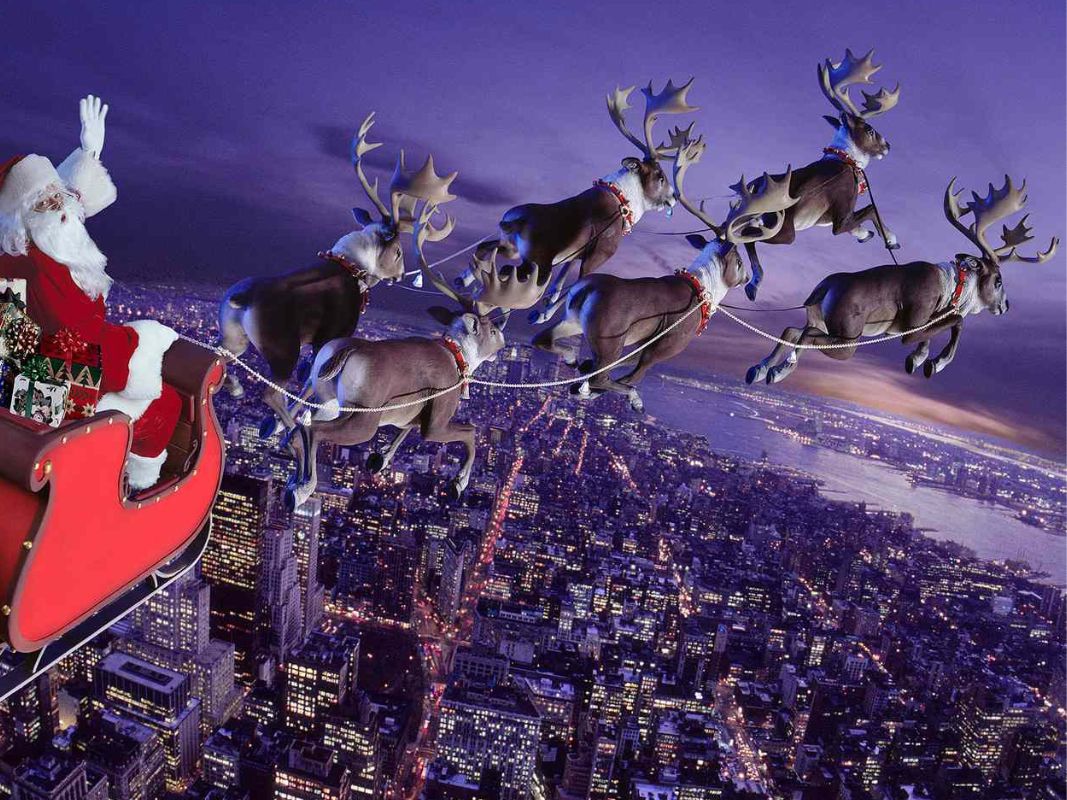
History and Origin:
Reindeer became associated with Christmas through the legend of Santa Claus, who is said to travel with a team of flying reindeer. The story was popularized by the 1823 poem “A Visit from St. Nicholas.”
Reindeer are depicted as large, antlered animals, often shown pulling Santa’s sleigh.
Special Significance:
Reindeer symbolize endurance, teamwork, and the magical journey of Santa Claus. They are a beloved part of Christmas lore and add a sense of wonder to the holiday.
23. Christmas Ornaments
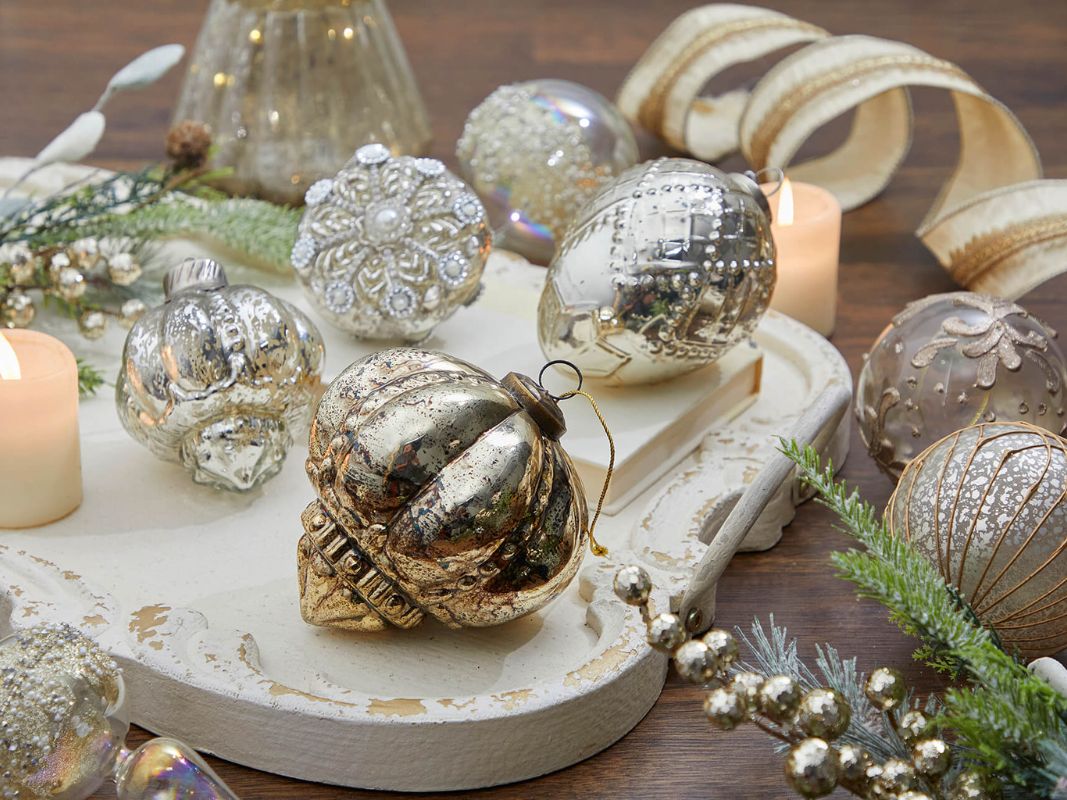
History and Origin:
The tradition of decorating Christmas trees with ornaments began in 16th-century Germany. Early ornaments included fruits, nuts, and candles. Glass ornaments became popular in the 19th century.
Christmas ornaments come in various shapes and sizes, including balls, stars, angels, and figures. They are often colorful and decorated with glitter or intricate designs.
Special Significance:
Ornaments add beauty and personalization to the Christmas tree. Each ornament can hold special memories and traditions, making the tree unique to each family.
24. Christmas Crackers
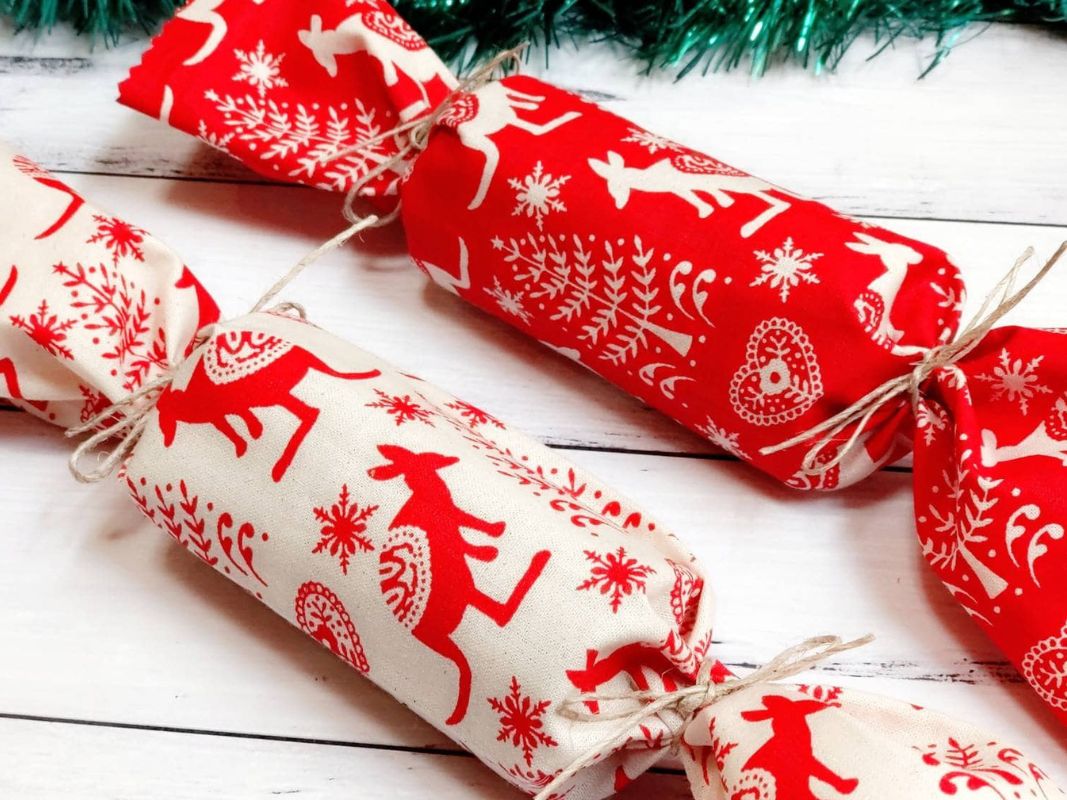
History and Origin:
Christmas crackers were invented by Tom Smith, a London confectioner, in the 1840s. Inspired by French bonbons, he created a paper-wrapped candy that made a popping sound when pulled.
Christmas crackers are cylindrical, paper-wrapped tubes that make a popping sound when pulled apart. They typically contain a small gift, a paper hat, and a joke or riddle.
Special Significance:
Crackers are a fun and festive addition to Christmas celebrations, often enjoyed during Christmas dinner. They symbolize surprise and joy.
25. Christmas Feast
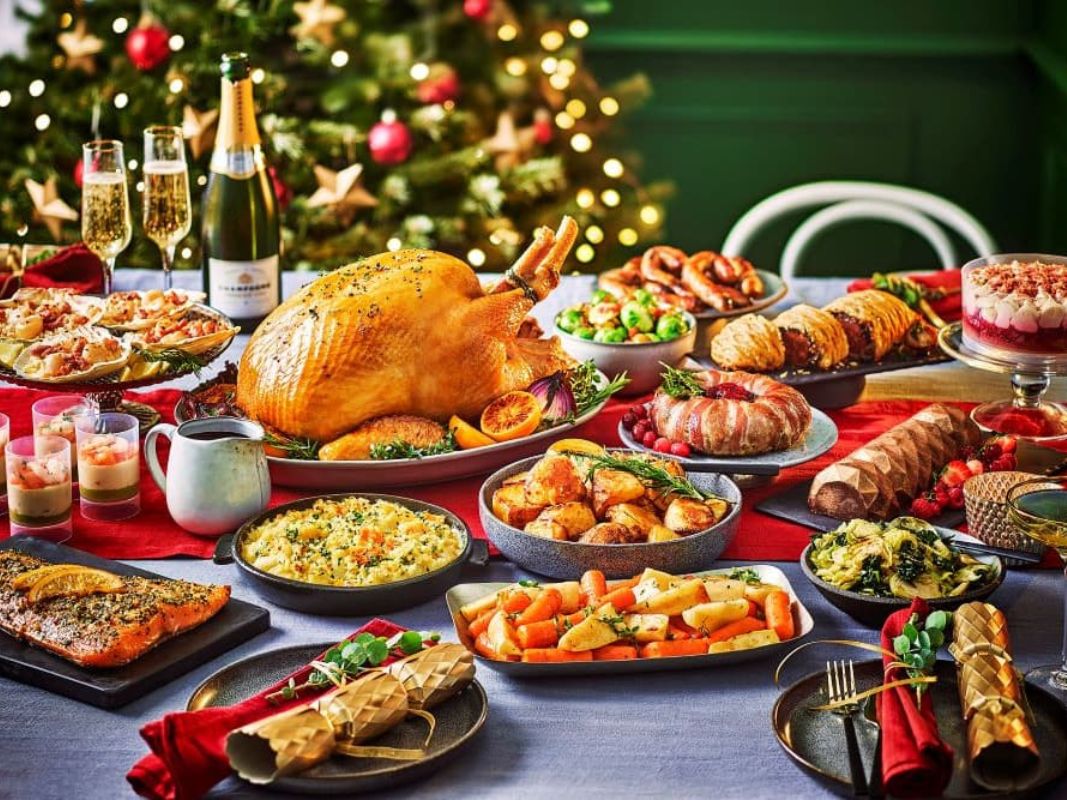
History and Origin:
The tradition of the Christmas feast dates back to medieval times when large feasts were held to celebrate the holiday. The types of food and customs vary by culture but often include a large meal with family and friends.
A Christmas feast typically includes a variety of dishes, such as roast turkey or ham, stuffing, vegetables, and desserts like pies and puddings.
Special Significance:
The Christmas feast symbolizes abundance, celebration, and togetherness. It is a time for families to come together, share a meal, and create lasting memories.
26. Christmas Tree Toppers
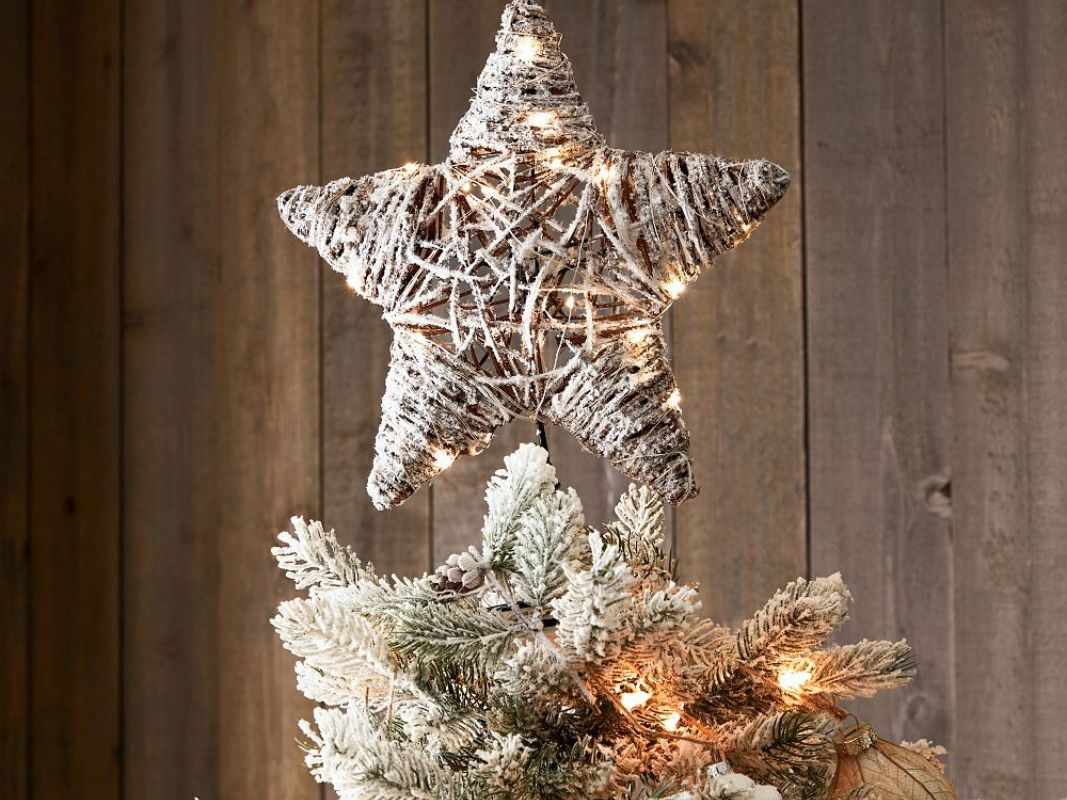
History and Origin:
Tree toppers became popular in the 19th century when Christmas trees started to be widely decorated. The star or angel at the top of the tree is often seen as a symbol of the Christmas story.
Tree toppers can be stars, angels, or other figures placed at the highest point of the Christmas tree.
Special Significance:
The tree topper represents the culmination of the tree’s decoration and often holds spiritual or traditional significance, symbolizing guidance and the heavens.
27. Christmas Garland

History and Origin:
Garlands have been used in various cultures for centuries as symbols of celebration and victory. In Christmas traditions, garlands made of evergreen boughs were used to decorate homes.
Christmas garlands are often made of pine, fir, or other evergreens, sometimes adorned with ribbons, lights, and ornaments.
Special Significance:
Garlands symbolize festivity, nature, and the continuity of life. They add a natural and elegant touch to holiday decorations.
28. Christmas Eve
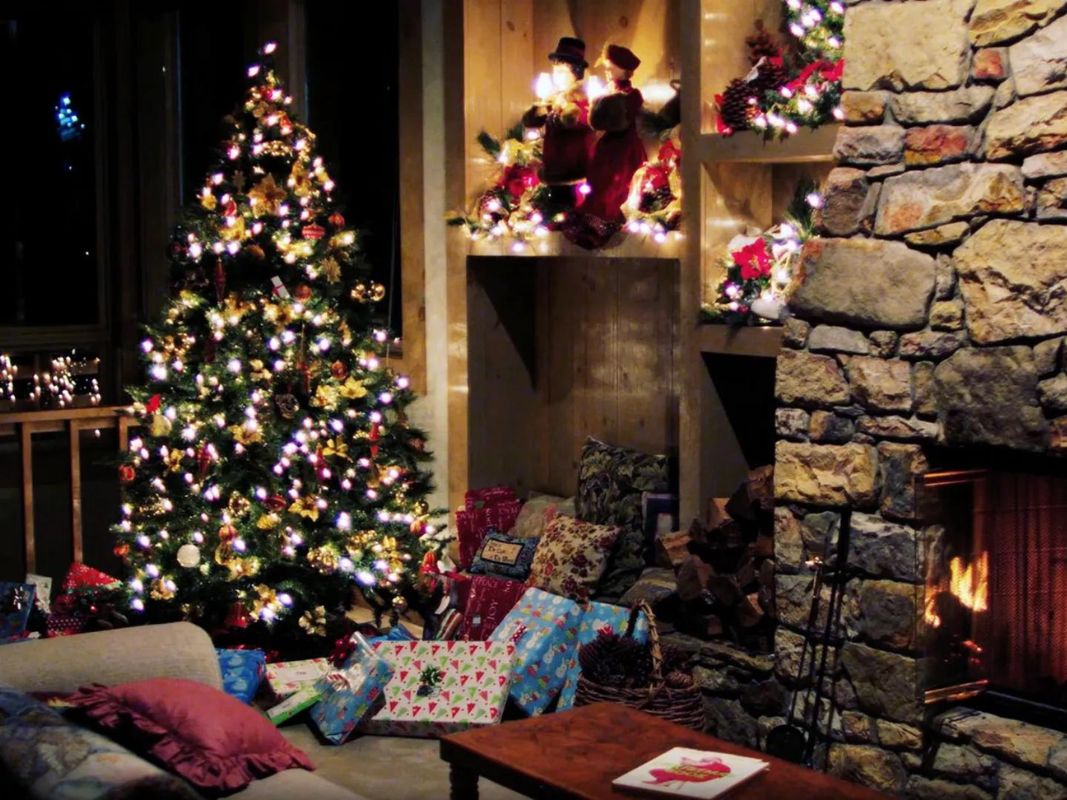
History and Origin:
Christmas Eve, the night before Christmas Day, has been a time of celebration and anticipation for centuries. Many cultures hold special traditions and services on this night.
Christmas Eve is marked by various traditions, such as midnight Mass, festive meals, and the hanging of stockings.
Special Significance:
Christmas Eve symbolizes the anticipation and preparation for the celebration of Jesus Christ’s birth. It is a time for family gatherings and reflection.
29. Christmas Cookies
History and Origin:
The tradition of baking special cookies for Christmas dates back to medieval Europe, where spices and dried fruits were used in holiday baking.
Christmas cookies come in various shapes, often decorated with icing and sprinkles, including gingerbread men, sugar cookies, and more.
Special Significance:
Baking and sharing Christmas cookies symbolize hospitality, creativity, and the joy of giving. It is a beloved tradition for many families.
30. Christmas Hats
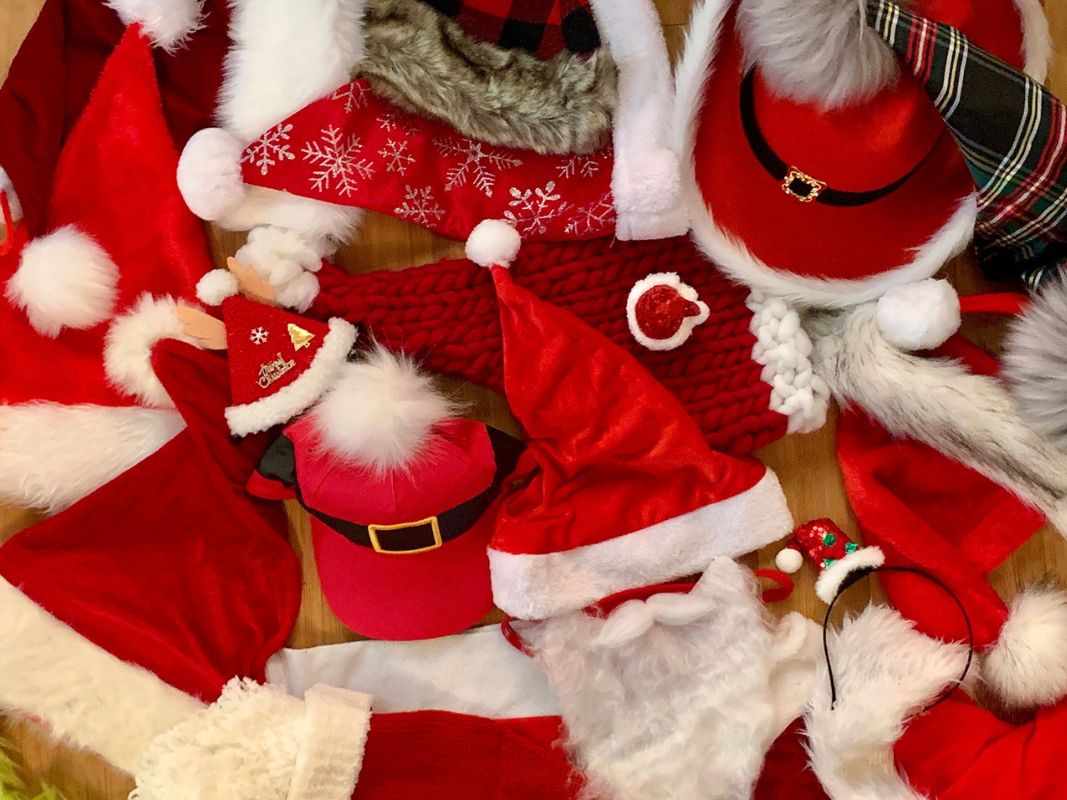
History and Origin:
Christmas hats, especially the iconic Santa hat, became popular through the depiction of Santa Claus in the 19th and 20th centuries.
The Santa hat is a red hat with white trim and a pom-pom on top. Other festive hats might include reindeer antlers or elf hats.
Special Significance:
Wearing Christmas hats adds a playful and festive element to holiday celebrations. They symbolize the fun and joy of the season.
These symbols of Christmas each carry a rich history and deep significance, contributing to the holiday’s magic and meaning. From the twinkling lights to the festive decorations and heartfelt traditions, these symbols bring warmth, joy, and a sense of togetherness to the Christmas season. Understanding the origins and meanings behind these symbols can deepen your appreciation of the holiday and enhance your celebrations.
For more holiday inspiration and beautifully crafted pop-up cards, visit Kiricard. Our collection of Christmas cards is designed to make your holiday celebrations even more special. Here are some exquisite options to enhance your holiday greetings:
- Christmas Wreath Pop-Up Card: A beautiful card featuring a festive Christmas wreath, perfect for spreading holiday cheer.

- Winter Town Santa Sleigh Pop-Up Card: This charming card showcases Santa in his sleigh over a winter town, ideal for sending festive wishes.

- Blue Snowflake Pop-Up Card: Featuring an intricate blue snowflake design, this card is perfect for celebrating the beauty of winter.

- Snowflake Tree Pop-Up Card: A unique card that combines a Christmas tree and snowflake design, bringing joy to your loved ones.
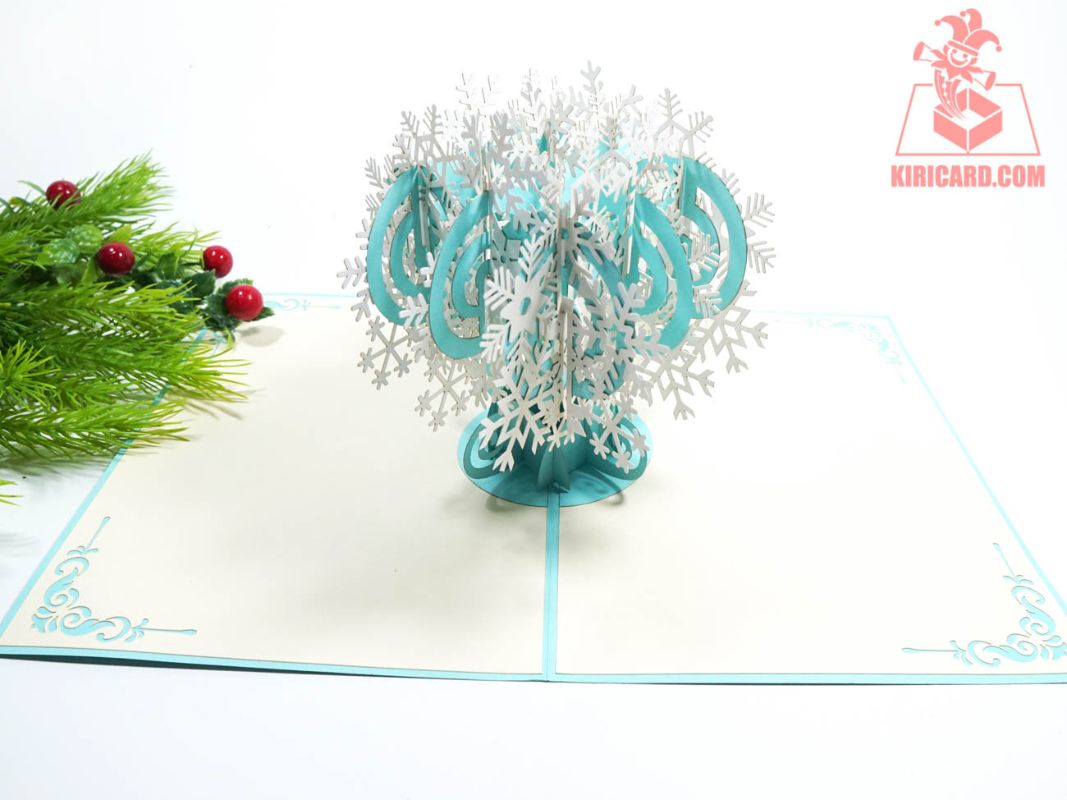

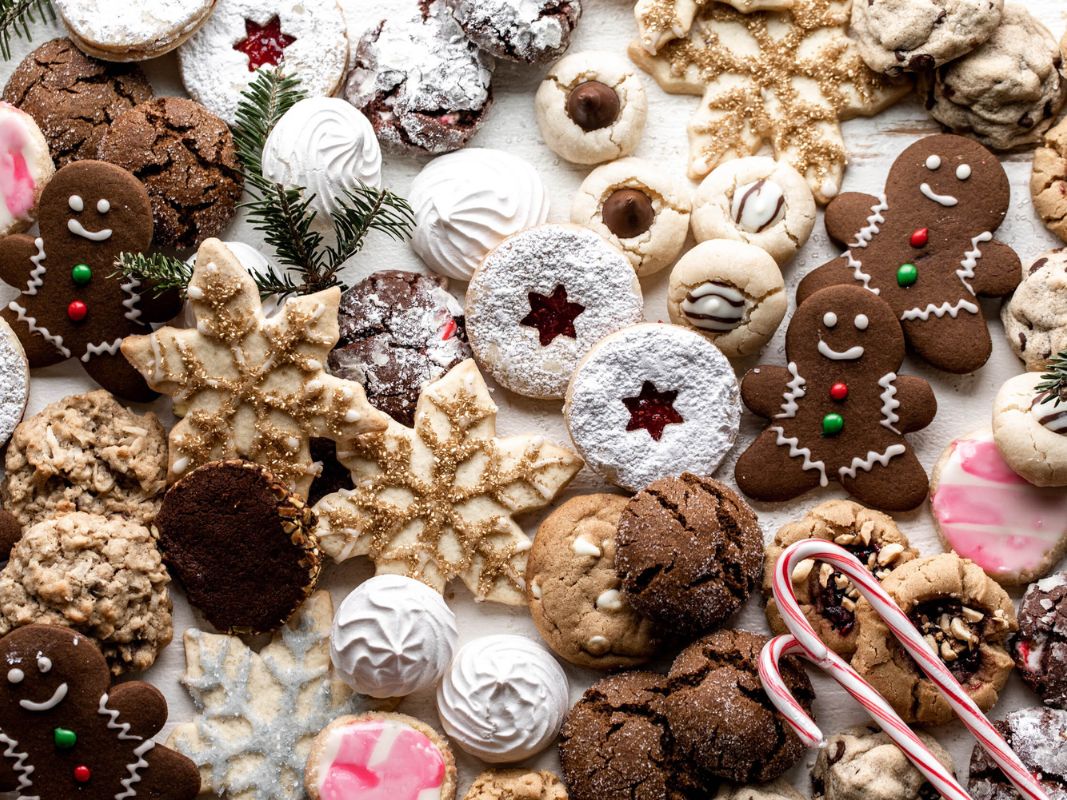




 Christmas
Christmas Father’s Day
Father’s Day Valentine’s Day
Valentine’s Day Easter
Easter Thanksgiving
Thanksgiving Halloween
Halloween
 Birthday
Birthday Wedding
Wedding Anniversary
Anniversary Graduation
Graduation Baby Shower
Baby Shower House Warming
House Warming
 For Him
For Him For Her
For Her For Kids
For Kids
 Floral
Floral Animals
Animals Trees
Trees Architecture
Architecture Vehicle
Vehicle LGBTQ+
LGBTQ+ Just Because
Just Because
 Pop-up Box
Pop-up Box Pop-up Stand
Pop-up Stand